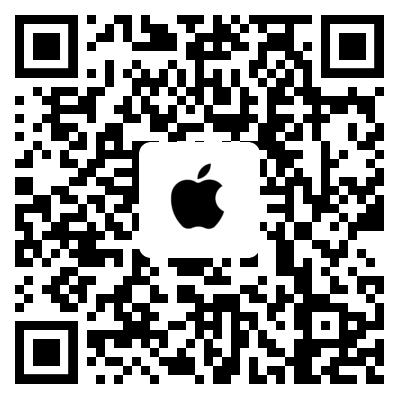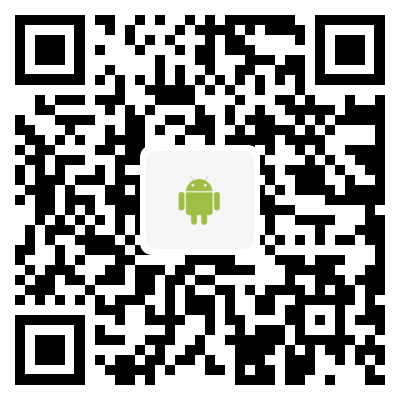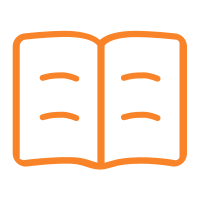- 中图分类号: TP3
- 语种: ENG
- 出版信息: Packt Publishing 2020 309页
- EISBN: 9781838825096
- PISBN-P: 9781838826031
- 原文访问地址:
KG评星
知识图谱评星,是一种基于用户使用的评价体系,综合图书的评论数量、引文数量、Amazon评分以及图谱网络中节点的PageRank值(即考虑相邻节点数量和重要性)等多种因素计算而得出的评价数值。星级越高,推荐值越高。CAT核心级
核心学术资源(CAR)项目作为教图公司推出的一项知识型服务,旨在打造一套科学、有效的图书评价体系,并协助用户制定相应的馆藏建设方案。CAR项目调查和分析12所世界一流大学的藏书数据,以收藏学校的数量确定书目的核心级,核心级越高,代表书目的馆藏价值越高。选取核心级在三级以上,即三校以上共藏的图书作为核心书目(CAT)。Understand data analysis concepts to make accurate decisions based on data using Python programming and Jupyter Notebook Key Features • Find out how to use Python code to extract insights from data using real-world examples • Work with structured data and free text sources to answer questions and add value using data • Perform data analysis from scratch with the help of clear explanations for cleaning, transforming, and visualizing data Book Description Data literacy is the ability to read, analyze, work with, and argue using data. Data analysis is the process of cleaning and modeling your data to discover useful information. This book combines these two concepts by sharing proven techniques and hands-on examples so that you can learn how to communicate effectively using data. After introducing you to the basics of data analysis using Jupyter Notebook and Python, the book will take you through the fundamentals of data. Packed with practical examples, this guide will teach you how to clean, wrangle, analyze, and visualize data to gain useful insights, and you'll discover how to answer questions using data with easy-to-follow steps. Later chapters teach you about storytelling with data using charts, such as histograms and scatter plots. As you advance, you'll understand how to work with unstructured data using natural language processing (NLP) techniques to perform sentiment analysis. All the knowledge you gain will help you discover key patterns and trends in data using real-world examples. In addition to this, you will learn how to handle data of varying complexity to perform efficient data analysis using modern Python libraries. By the end of this book, you'll have gained the practical skills you need to analyze data with confidence. What you will learn • Understand the importance of data literacy and how to communicate effectively using data • Find out how to use Python packages such as NumPy, pandas, Matplotlib, and the Natural Language Toolkit (NLTK) for data analysis • Wrangle data and create DataFrames using pandas • Produce charts and data visualizations using time-series datasets • Discover relationships and how to join data together using SQL • Use NLP techniques to work with unstructured data to create sentiment analysis models • Discover patterns in real-world datasets that provide accurate insights Who this book is for This book is for aspiring data analysts and data scientists looking for hands-on tutorials and real-world examples to understand data analysis concepts using SQL, Python, and Jupyter Notebook. Anyone looking to evolve their skills to become data-driven personally and professionally will also find this book useful. No prior knowledge of data analysis or programming is required to get started with this book.







 京公网安备 11010602104826号
京公网安备 11010602104826号
